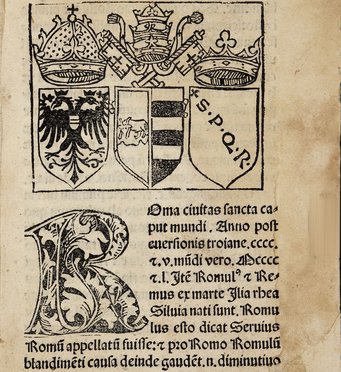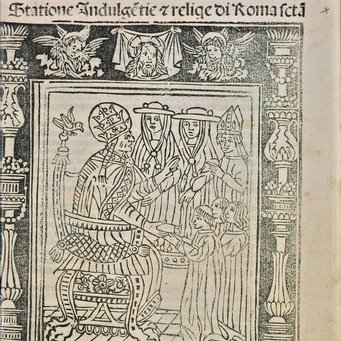Collezione romana
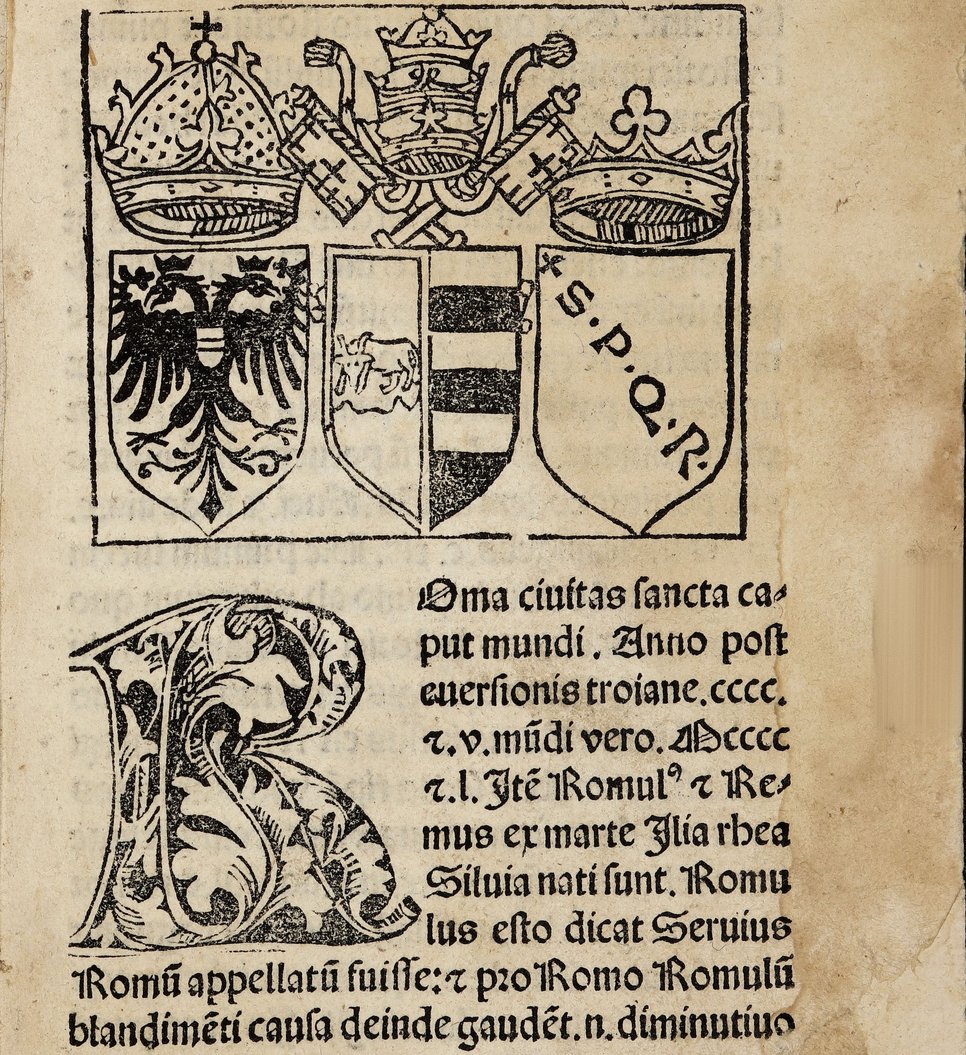
The Bibliotheca Hertziana owns the world’s leading collection of guides to Rome – a collection that documents how the city and the perception of it have changed over the centuries. Ludwig Schudt (1893–1961), the Hertziana’s first library director, systematically expanded the collection of guide literature and made other scholars aware of this collection by publishing in 1930 his standard bibliographical work Le Guide di Roma. The digital version of the book provides access to the copies in the Hertziana’s holdings, supplemented by those from other libraries. These guides have been made accessible via rare books online and complemented with a physical description. Guides of Rome published up until 1950 were assigned the additional shelfmark Coll. rom. and shelved separately. They can be searched in the OPAC using this shelfmark addition, generally also with the keywords “Rom” (Rome) and “Führer” (guide), while greater specificity can be achieved by using other terms such as “Antike” (ancient) or “Wallfahrt” pilgrimage). Rome guides from 1950 onwards can be found in the open stacks from the shelfmark Dg 450-5510 onwards. Some of the most valuable items in the Collezione romana are incunabula.
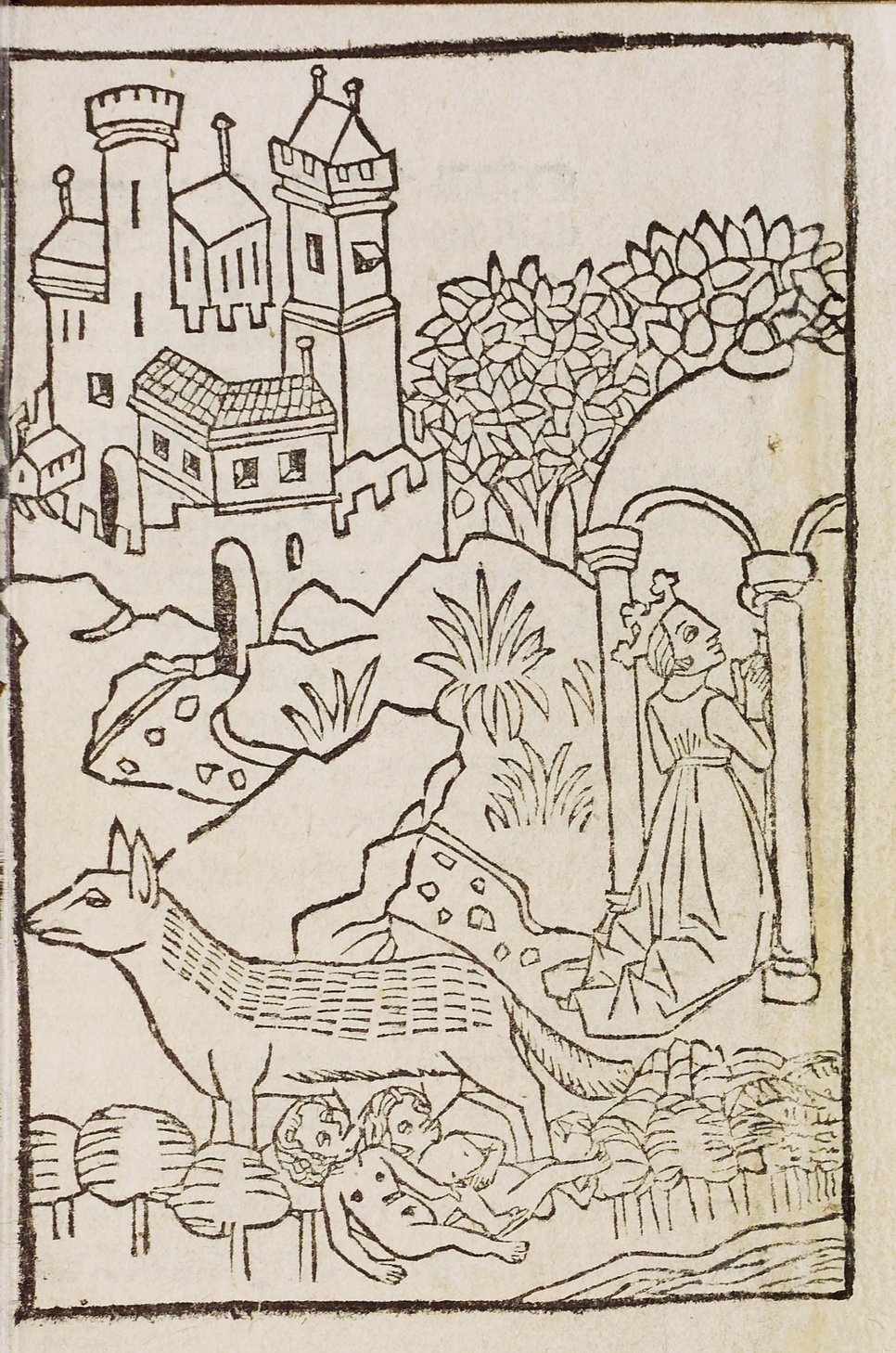
The small booklet, cataloged under the beginning of the text “In isto opusculo dicitus quomodo Romulus”, is currently the oldest illustrated incunabulum in the library. It is one of the first travel guides to Rome, known as Mirabilia Urbis Romae, which circulated in numerous editions. This one combines an outline of the history of Rome with a list of churches, their relics and their indulgences. It is dated to around 1482–1485 and attributed to the German printer Bartholomäus Guldinbeck, who worked in Rome from 1475–1488. The two woodcuts, which show Rea Silva and the Lupa with Romulus and Remus as well as the presentation of the Vera Icon, the Veil of Veronica, a piece of cloth said to bear an image of the Holy face of Jesus, are identical in the oldest Mirabilia, written in German around 1475–1479 and printed as a block book, but are each slightly trimmed on the right edge.
Dg 450-950 Coll. rom. IV
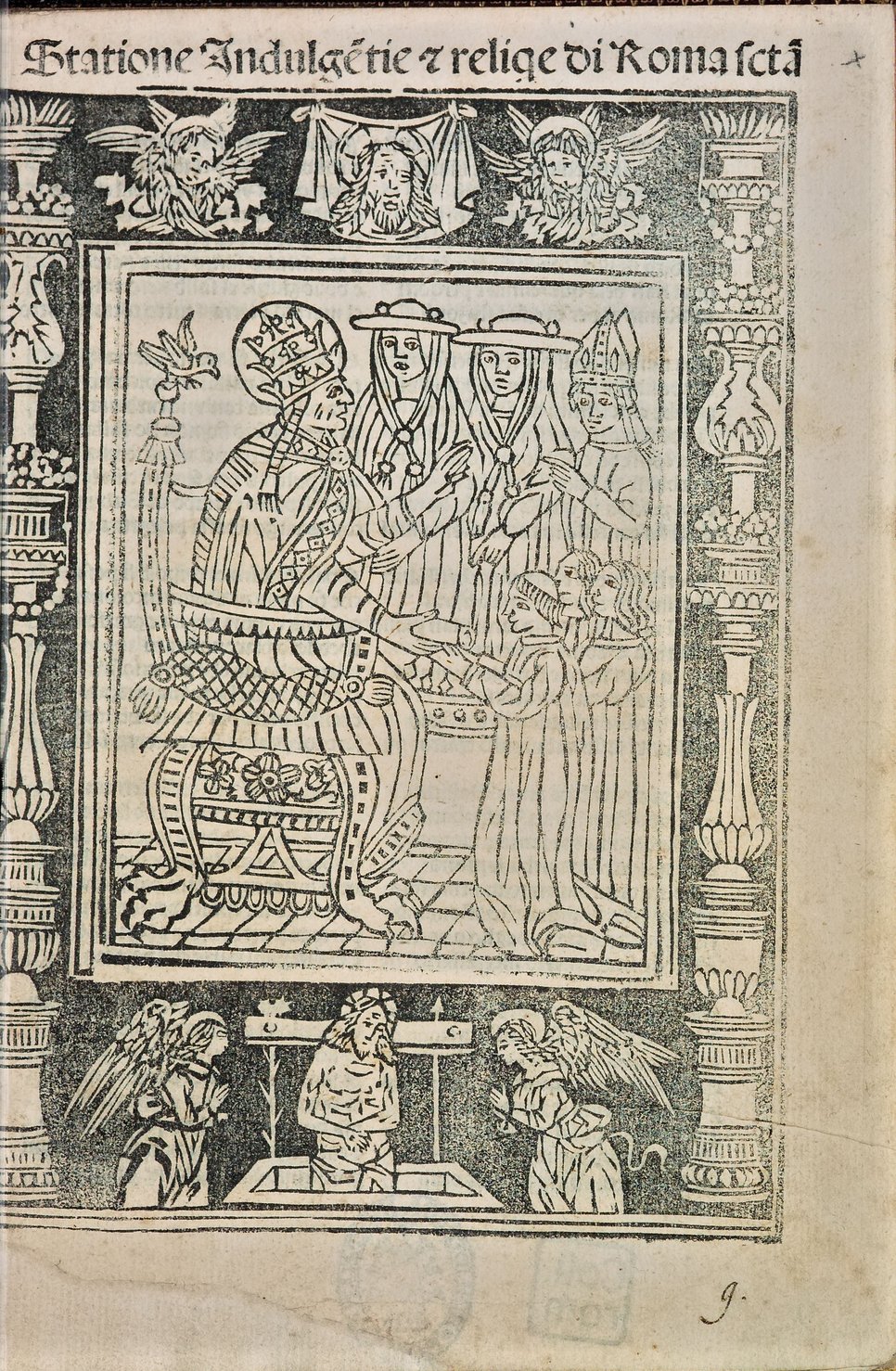
Giuliano Dati (ca. 1445–1523) was a Florence-born theologian and poet who made use of the new medium of printmaking. In addition to legends of saints and historical works, he also translated the letter about Columbus' discoveries (1493) into verse (La lettera dell’isole che ha trovato nuovamente el re di Spagna). He lived in Rome from 1485 until his death and dedicated several publications to the city, documenting, for example, the Flood of 1495 and the Passion Play in the Colosseum in 1496. He also put the so-called “Indulgences”, treatises which were intended to guide pilgrims to the churches and their relics, into verse. Here, his direct local knowledge is expressed in notes on the condition of the churches and their furnishings. The Bibliotheca Hertziana copy is not listed in any index. It is not one of the prints by Andreas Fritag, who produced several books by Dati in Rome. However, his copy of the same text from 1492 (GW 8007 / ISTC id00048300) probably served as a model insofar as the anonymous printer was inspired by the title image, which shows the enthroned Gregory the Great flanked by three clerics while he hands a rotulus to three kneeling persons. It appears here reversed and in a different frame, with an Imago pietatis at the bottom instead of Dati's coat of arms and a Vera Icon at the top instead of the inscription “S. Gregorius”. The title “Statione Indulgetie et reliqe di Roma scta” is placed above it. It is therefore possible that this is a kind of pirated print that deliberately suppresses the reference to the author.
Dg 450-950 Coll. rom. IV
